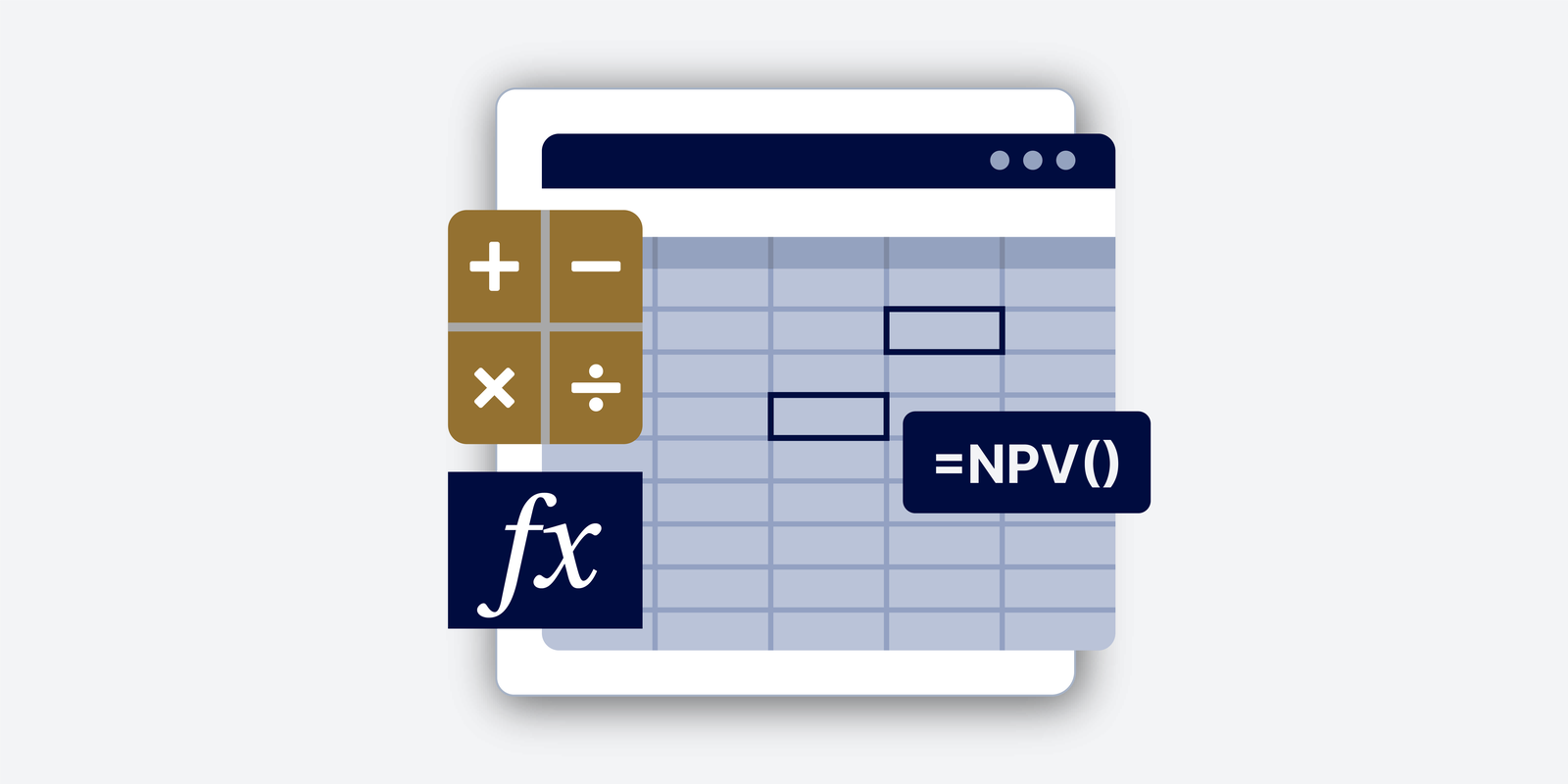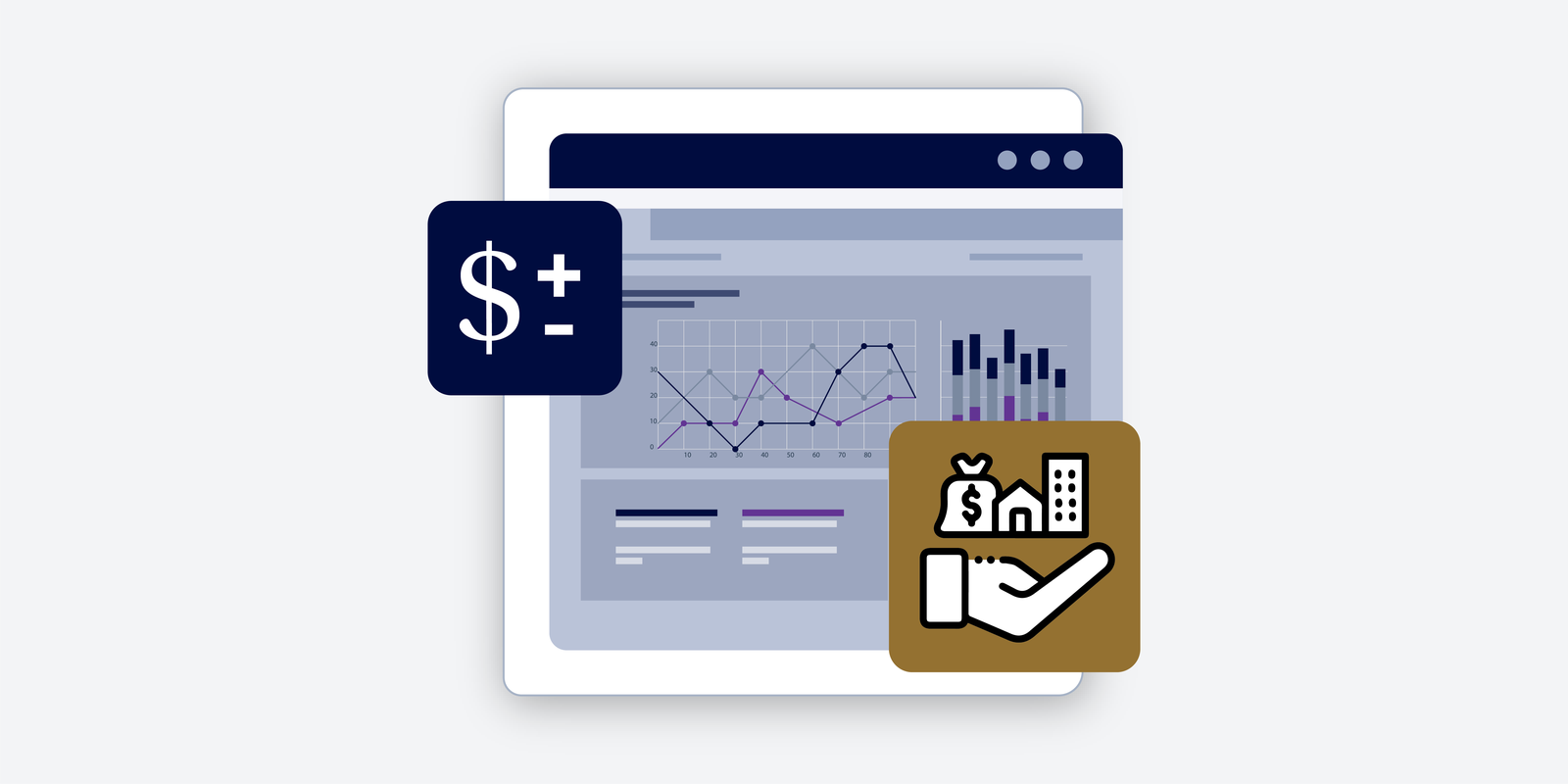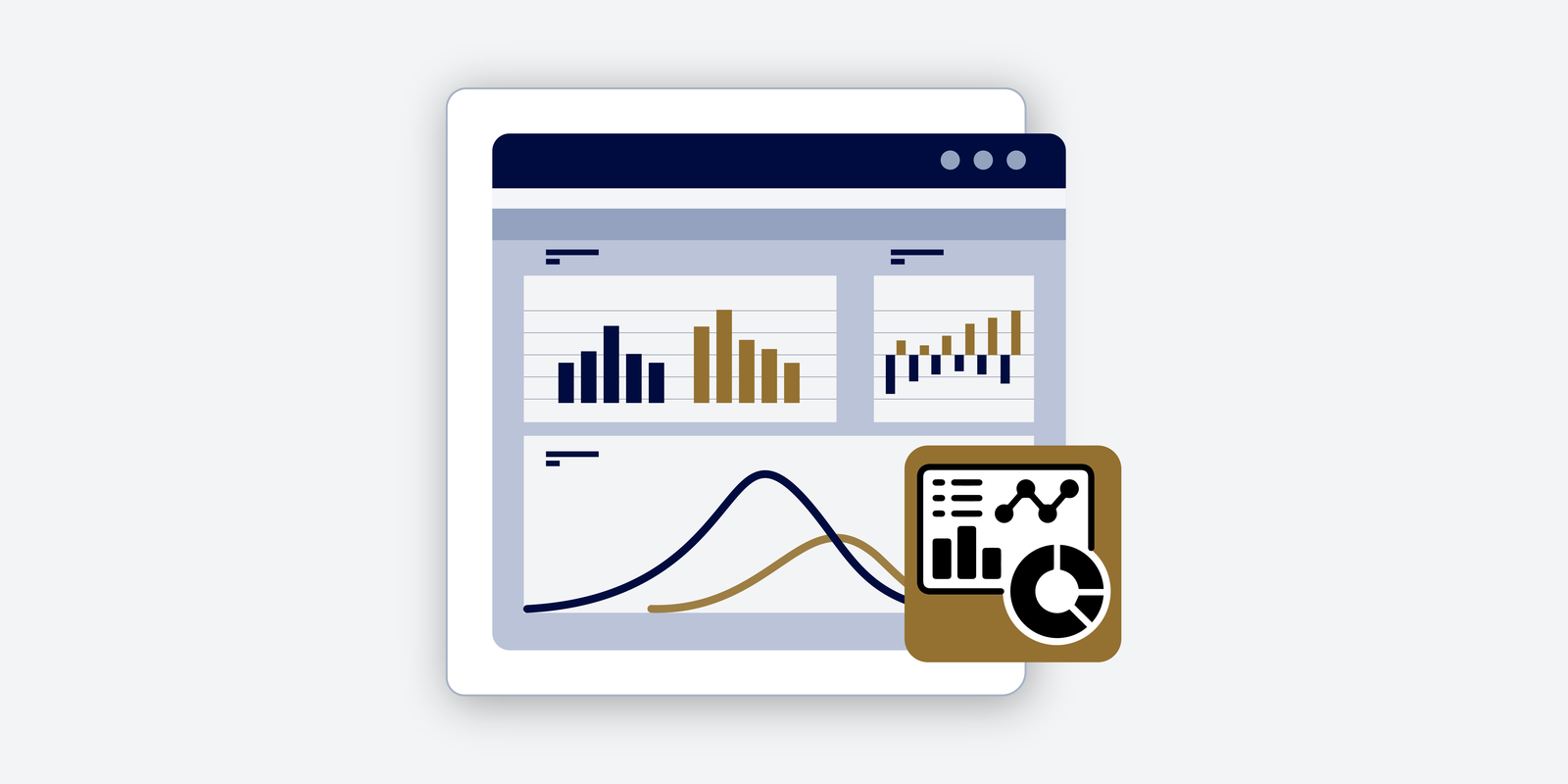VAR.S Function
What is the VAR.S Function? The VAR.S Function is categorized under Excel Statistical functions. This function will return the variance of a sample. It was introduced in Excel’s 2010 version. As we know, variance is a statistical measure used across a set of values to identify the amount that the values vary from the average…





